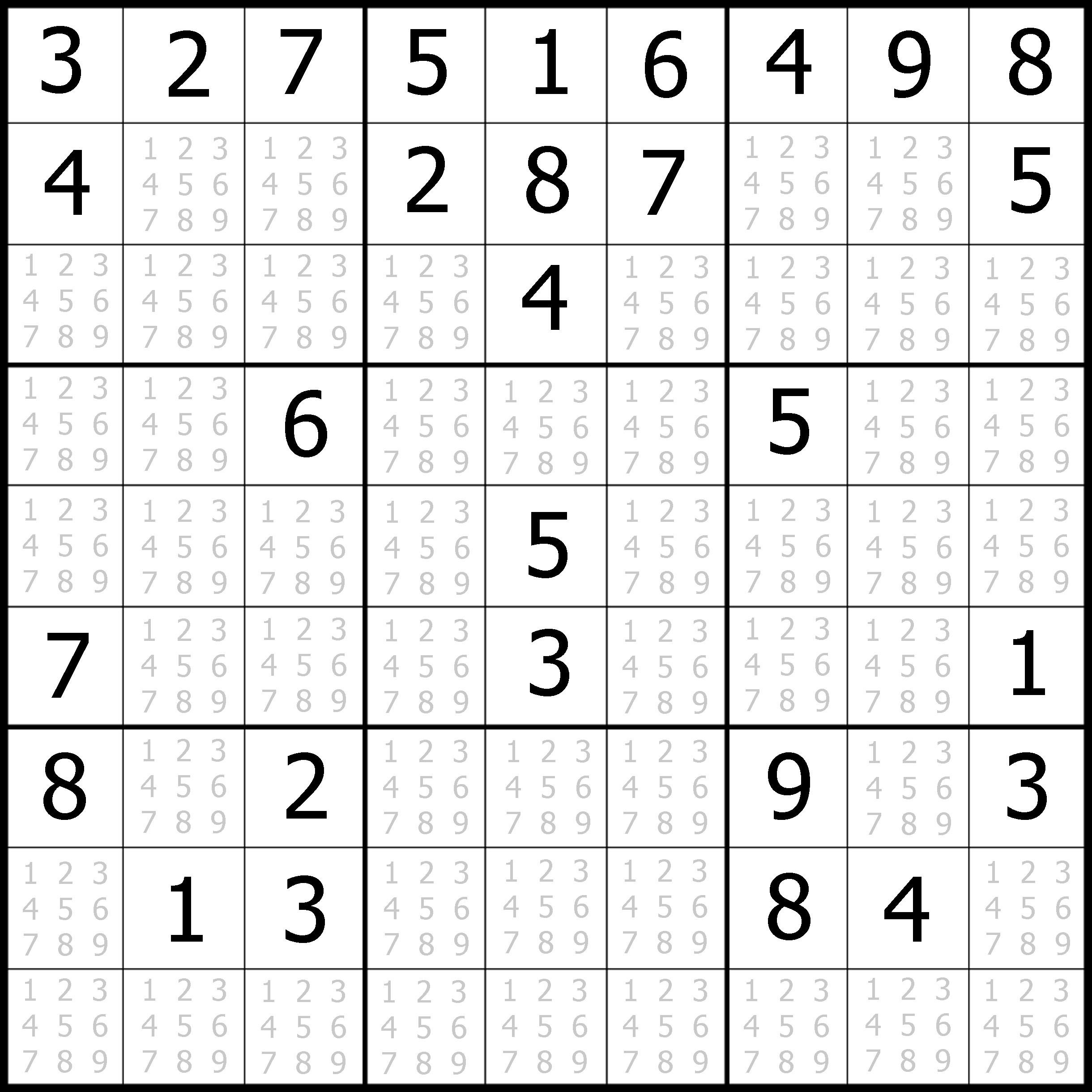


Mark your spoilers and NSFW submissions, comments and links. Posting guidelines: No bandwagon/raid/"pass it on" or direct reply posts, Posts must be in English, Pictures of children may be removed due to safety concerns, No "ragebait" posts Note that we do not allow non-gaming meme templates as submissions. Submissions must be directly gaming-related, not just a "forced" connection via the title or a caption added to the content.

Directly messaging individual moderators may result in a temporary ban. Only message the team via the link above. Please comment around before posting.ĭo NOT private message or use reddit chat to contact moderators about moderator actions. Please note, you are required to have some r/gaming Community Karma to make a post.

Simply message the moderators and ask us to look into it. Without thoroughly checking, off the top of my head, this should work (with a bit of debugging) while only looping twice.If your submission does not appear, do not delete it. Return columns, units, line.length # was a number not eliminated?ĭef check_puzzle(columns, sudoku, puzzle, array, units): Unit = ceil(n / unit_l) + ceil(line_num / unit_l) # this line is wrong - rushed If you know the size of your board, you could also choose to do bit-masking, but that's probably a little overly tedious considering that efficiency isn't that big a deal to you.ĭef strike_numbers(line, line_num, columns, units, unit_l): Arrays arranged in this manner are just a particularly lightweight and performant form of a Set that works well for a small, consecutive, fixed set of numbers. Someone also pointed out that you can use any form of Set to do this. (You'll also want to check that each value is a legitimate number: if they give you a blank or a too-high number, you know that the board is not complete.) When you get to the end of the board, you'll know that all the values are correct, and there is no more checking required. As you place numbers in the board, it becomes a O(1) operation to determine whether any values are being duplicated in a given row, column, or square. Simply take the numbers in the order that they appear on the board, and begin building this data structure. Regardless of how your original board is being represented, this can be a simple and very fast way to check it for completeness and correctness. In other words, if you add a 5 to the second row, first column, you would set rows to true, along with columns and squares, to indicate that the row, column, and square now have a 5 value. The array's index represents the value that got placed into that row, column, or square. Create an array of booleans for every row, column, and square.


 0 kommentar(er)
0 kommentar(er)
